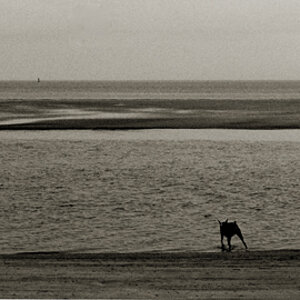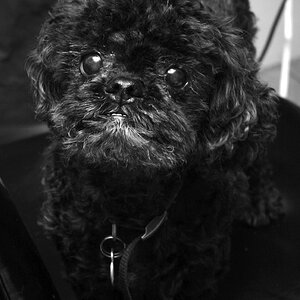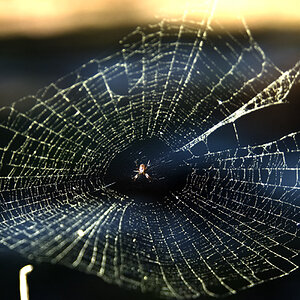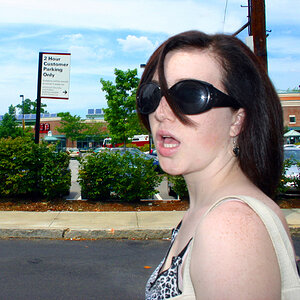ak_
TPF Noob!
- Joined
- Jul 31, 2015
- Messages
- 157
- Reaction score
- 21
- Can others edit my Photos
- Photos NOT OK to edit
High ISO capable cameras, aperture priority - have these contributed to a scarcity of motion blur now in street photography and similar genre pictures? Motion blur is still commonly seen in sports photography - as the photographer tracks the action. Is it a forgotten part of image-making to a generation of younger street photographers?













